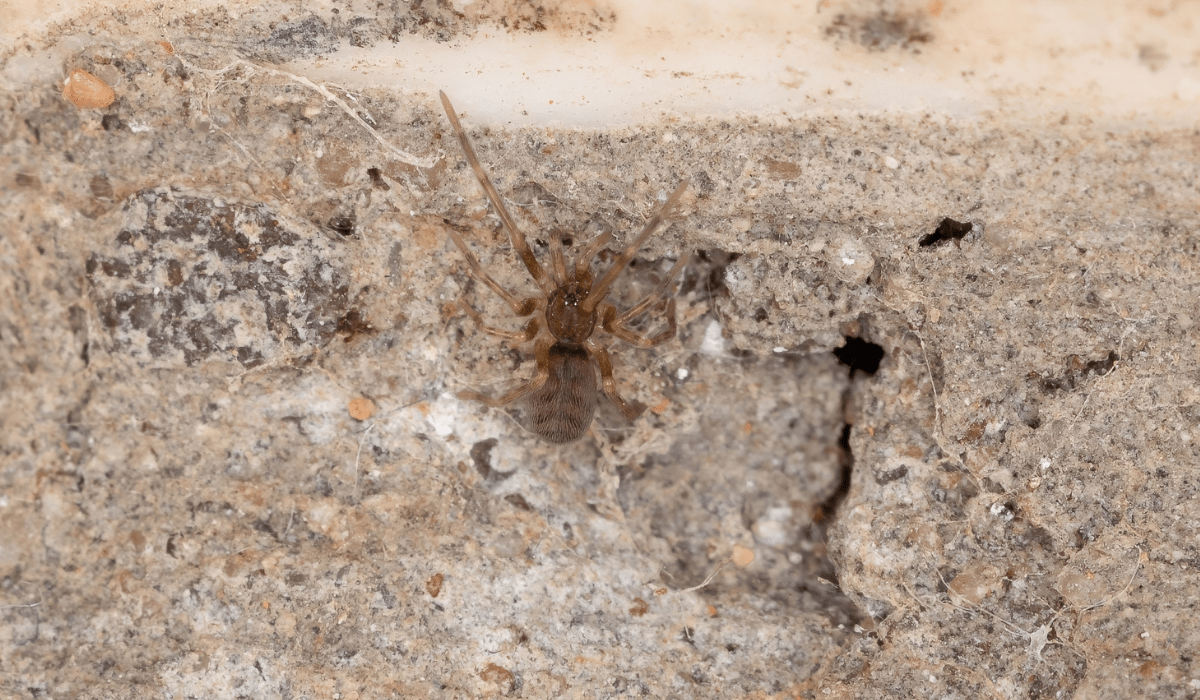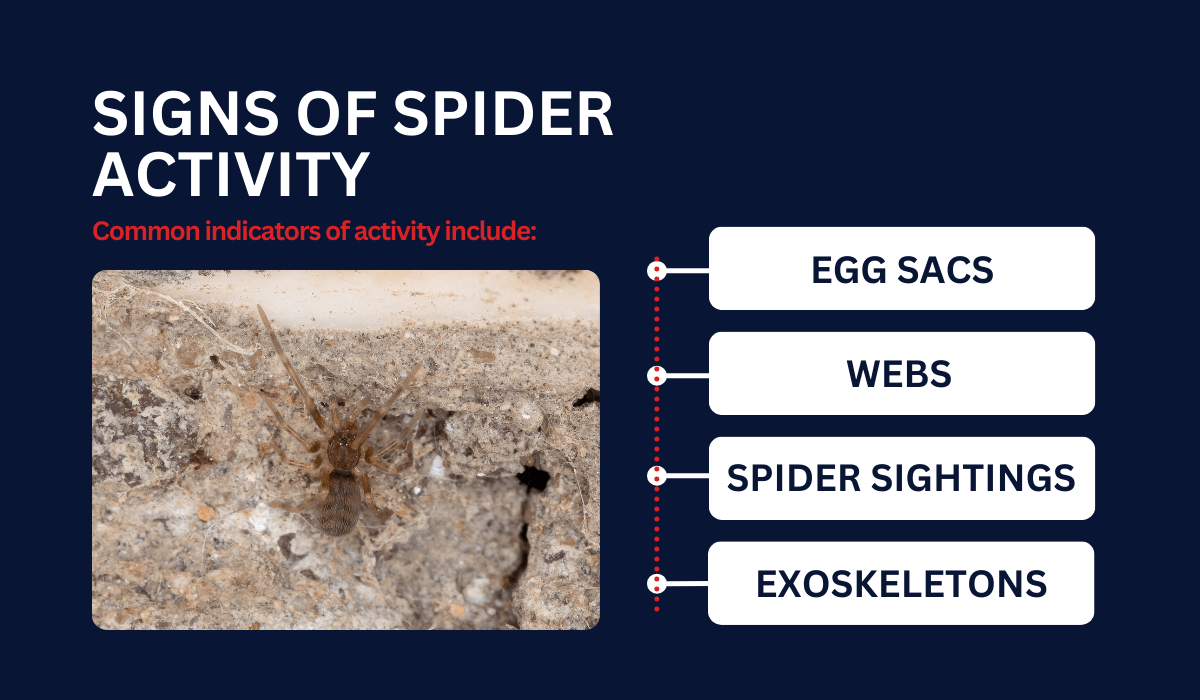
Nestled in the nooks and crannies of Louisiana, the crevice weaver spider thrives in its unique habitat. It is mainly found in sheltered, tight spaces like rock crevices and under debris, living up to its name.
What makes the crevice weaver spider stand out from others found in Louisiana? Known for its non-aggressive nature, this family of common house spiders poses minimal risk to humans while still effectively keeping insect numbers in check.
Keep reading to explore more intriguing details about this underappreciated arachnid.
Key Takeaways
- Crevice weaver spiders are easily identified by their unique eye arrangement and thin, long legs, which help them navigate tight spaces.
- These spiders construct irregular, messy cobwebs often found in secluded spots such as building crevices and under rocks.
- They are primarily nocturnal, reclusive during the day, and rely on web vibrations to detect prey, such as insects.
WHAT ARE CREVICE WEAVER SPIDERS?
Crevice weaver spiders exhibit distinct physical traits that make them easy to identify. They’re also known for their cribellate silk, a finer and stickier type of web material.
A typical body structure of this arthropod (infraorder Araneomorphae) includes:
| Physical Characteristics | Details |
|---|---|
| Size | Typically, 0.4 to 0.6 inches for the body |
| Color | Generally dark brown or black |
| Legs | Thin and long legs aid them in navigating tight spaces |
| Eyes | Eight eyes arranged in a unique pattern |
HOW TO MANAGE CREVICE WEAVER SPIDERS IN YOUR HOME
Managing crevice weaver spiders in your home involves a mix of prevention, safe removal, and knowing when to contact professionals.
Signs of Spider Activity

As homeowners, you must be vigilant about inspecting less obvious areas for signs of crevice weaver spider infestations. Common indicators of activity include:
- Egg sacs: Round, white, and often found in hidden areas.
- Webs: Irregular, messy webs in corners.
- Spider sightings: Actual sightings of spiders in the home.
- Exoskeletons: Shed exoskeletons found near web areas.
Prevention Tips
Prevention can be achieved by maintaining a clean home and sealing entry points. Here are practical steps you can take to keep spiders away:
| Practical Steps | Details |
|---|---|
| Seal Cracks | Use caulk to seal cracks in walls, windows, and doors. |
| Clean Regularly | Vacuum and dust frequently to remove webs and spider eggs. |
| Reduce Clutter | Store items in sealed containers to minimize hiding spots. |
| Outdoor Lighting | Turn off outdoor lights when not needed to avoid attracting insects. |
| Yard Maintenance | Keep the yard tidy and trim vegetation away from your home. |
Safe Removal Practices
If you find crevice weaver spiders inside your home, it is essential to remove them safely. Safe removal practices include:
- Catch and Release: Use a jar and a piece of paper to trap and release spiders outside.
- Vacuum: Use a vacuum with a hose attachment to suck up spiders and their webs.
- Sticky Traps: Place sticky traps around entry points and dark corners.
- Essential Oils: Spray essential oils like peppermint around entry points to deter spiders.
- Protective Gear: Wear gloves if handling them directly to avoid spider bites.
SHOULD YOU CALL A PROFESSIONAL?
If you notice multiple spiderlings and adults in your home, it’s time to consider calling pest control experts. When a few spiders are present, they might just be passing through. However, persistent sightings indicate a more extensive, hidden infestation.
Whether you’re in Baton Rouge or New Orleans, seeking expert help should be easy. For immediate intervention for a severe infestation, let Lajaunie’s spider control specialists tailor a solution that’s right for your home.
For more information about the areas we service, visit our location page.